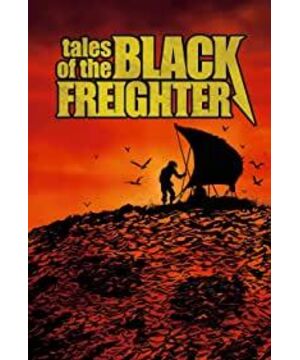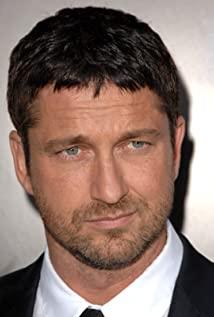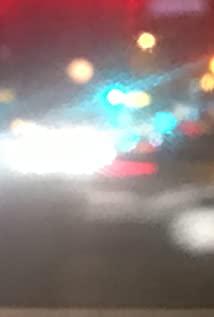(All the following content belongs to my personal opinion, and I don’t like to treat it as nonsense.)
First of all, it should be noted that the legend of the black cargo ship is presented as a story in the original work, that is to say, it cannot be regarded as a complete story. Interpretation, the characters referred to by different fragments are also different. But there are also images with the same meaning, such as black ships, which you can understand as nuclear war, disaster, or fear in a simple sense. The sea represents death, and the protagonist, the captain, represents the man who wrestles with death and fear.
Act 1: The lonely captain was washed up by the sea on a desolate beach. To be honest, this part is the one that gave me the most headaches. After some thinking, I set the character referred to in this part to Manhattan. The height of the doctor has surpassed that of mortals There are so many that it is difficult to find even the "and" of the "widow", and loneliness is inevitable, but what would a person who is almost indestructible be afraid of? Indifference, that is, the weakening of humanity Turn into a cloud of steam, or turn bullets into mercury, or turn that bottle into snowflakes! You could teleport any of us to goddamn Australia...but you didn't even move a finger Root! You're leaving the world, Doctor, you're turning into a monster." But none of the above proves that Manhattan is what this is all about, until the captain touches the statue that saved his life, and he flees with it In the Dead Sea, just as the Doctor found a bit of humanity in his body through his love with Silk Soul, and the captain refused to remove the seaweed tape around his eyes for the statue, just as the Doctor acquiesced to the passage of the Keene Act to keep Silk Soul away from sin . Finally, a monologue from the captain: "She carried me through this sea of blood, and in the middle of the storm, she nourished me with her icy, wooden breasts. She held me in her wet arms to keep me from drifting too far. However, all I can give her in return is this little consolation..."
Act Two: The captain leaves the beach, returns to the sea on a raft, encounters and fights a shark. As I said before, this passage no longer refers to Manhattan, but to Rorschach. The raft was just his means of navigating the sea of death. In the animation, the captain thought it was an approaching ship before the shark approached. This corresponds to Rorschach's character. In the face of despair, there is still a glimmer of hope in his heart, and this last glimmer of hope was also shattered by the events that followed. The little girl was killed and fed to the dog. He broke out, Burning the perpetrator alive has become more and more cold since then. The vehicle is the means, "my vehicle is getting weirder and more absurd, reflecting the gradual process of my mind" (interestingly, the captain stabbed a shark in the eye, and Rorschach was blinded with a cigarette at the age of 10. Another gangster's eyes.)
Act III: The captain returns to his hometown, kills his relatives by mistake, and finally swims to the black ship. This passage is clearly referring to Werther. In order to complete his plan, he did everything possible to use the buoyancy of the corpse to make a raft, among which there was the joker. Werther was a prophet who saw the destruction of the world. Out of fear, he traded the lives of millions for world peace. The two innocent riders in the animation who were killed for seeing his raft were Night Owl and Rorschach who discovered Werther's plan, and the high-looking sentry was undoubtedly Manhattan. Werther succeeded, but while staring at the abyss, he also became the abyss itself, and finally chose to embark on the black ship and bear the sin. Here's what Werther said to the Doctor: "Joan...I know people will think I'm callous, but I've always allowed myself to feel every life I take. I imagine countless pictures during the day. face, and at night I dreamed that I was swimming towards the terrifying . . .
View more about Tales of the Black Freighter reviews











